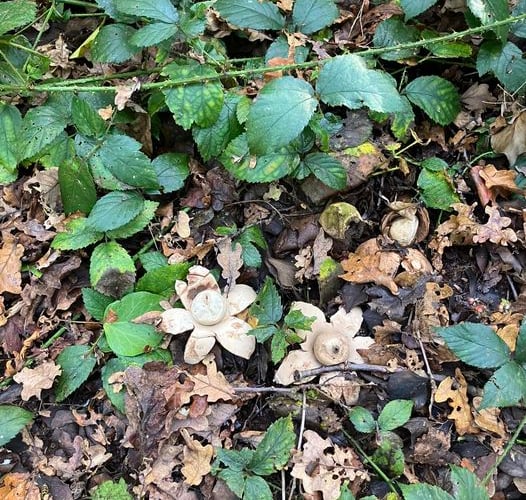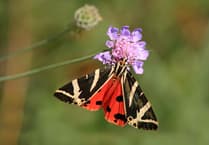After two weeks looking upwards and expounding on autumnal changes in trees – what causes the glorious colours and why leaves are shed. This week we’ll look downwards at the fascinating (and surprising) variety of fungi that flourish at this time of year.
There’s a lot to spot, from 16,000 fungi (mushroom) species growing in the UK! Read on for fascinating facts as well as places where you can find interesting and fun ways to do fungi spotting.
Fungi appear during autumn in a wide variety of colours, from rich cream through purple to bright red, and in many forms and shapes. Including balls, brackets and of course the fairy-tale toadstool. Sizes range from tiny parasols on delicate stalks to huge plates as much as 70 cm across.
Fungi include mushrooms, toadstools and moulds, and are neither plant nor animal but in a kingdom of their own. They live in a wide range of habitats and are a vital part of life on Earth because they digest waste material and recycle nutrients. Without fungi we wouldn’t have plants and there would be no animals or us!
The part we see is just a small part of a fungus; it is the short-lived fruiting part, created to disperse its seed (spores). Most of a fungus is mycelium, a large mass of fine threads that can spread over long distances.
The mycelium captures water and nutrients from beyond the reach of plants and trees and takes those goodies to the roots. In return, plants give fungi some of the sugars they made during photosynthesis. This is called a symbiotic relationship.
In the case of bracket (or shelf) fungi, we see only the fruiting part that grows on the trunk, roots or branches of dead or living trees. While the mycelium live within the heartwood of the tree. They can rot the heart of a living tree, usually weakening it and possibly killing it.

Spotting fungi is a great way to connect with nature. Their forms range from the beautiful to the downright bizarre and identifying them can be a fun, immersive experience.
I recommend you watch a short and entertaining video ‘3 ways to find fungi this autumn’ made by Ali McKernan, aka the FUNgi guy.
Alex also has a YouTube channel with many interesting videos about different fungi and their identification. Surrey Wildlife Trust has a free, week-long beginner’s course. After signing up at https://tinyurl.com/4ex8sjc9.
You’ll receive seven bite-sized daily emails that explain how to identify seven species of fungi and when and where you can spot them. The Trust also has an interesting blog post on its website.
We’re grateful to two local nature spotters for permission to use these photos originally posted on the Natural Goldsworth Park Group on Facebook.
Susan Suleski saw the Collared earthstar fungi near Squires in Littlewick Road.
She later told me: “They were next to a path that had been covered in wood chippings several years ago. Various fungi pop up all year round, but this is the first time I‘ve seen earthstars.”
Gerry Smeethers’s photograph was taken behind Claydon Road. He said he believes it to be a Crown-tipped coral fungus but has asked the Horsell Common Preservation Society for confirmation as it is on their land.
However, from other photos I’ve seen online and in books, Gerry appears to be right!





Comments
This article has no comments yet. Be the first to leave a comment.